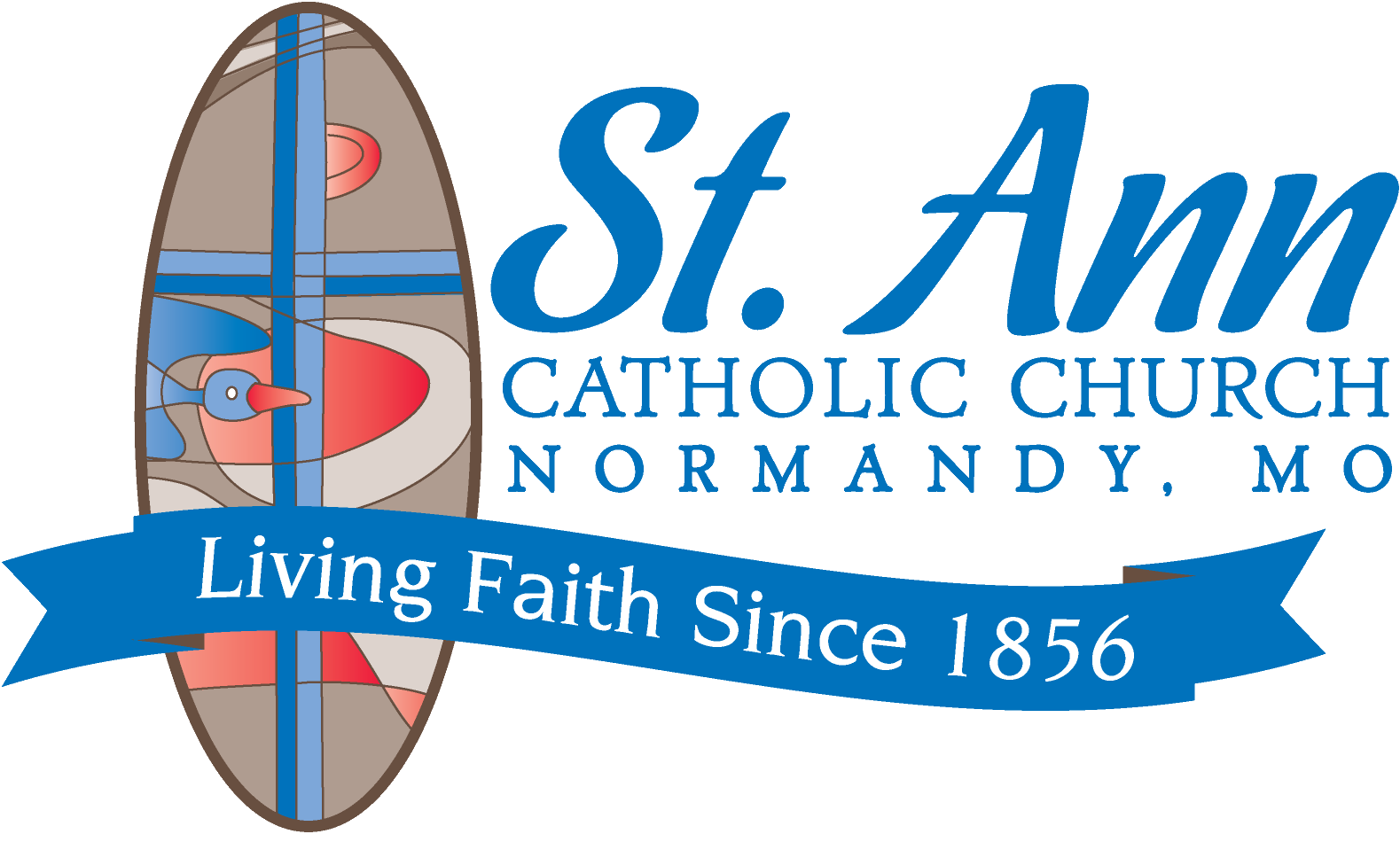An elderly, bearded gentleman, with a benevolent, yet powerful face and flowing beard. A Jewish looking man hanging on the cross, with body bruised, but spirit somehow intact and triumphant. A nebulous spirit kind of dove image. I suspect that for many of us, those images are among our first images when we try to visualize the Trinity – God as Father, Son and Spirit. I came across a different set of words as I was studying the changes for the priest in the New Edition of the Roman Missal. They are taken directly from St. Paul.
Grace. Love. Communion.
The GRACE of the Lord Jesus Christ, the LOVE of God and the COMMUNION of the Holy Spirit be with all of you. (Communion replaces the word “Fellowship” in our current liturgy.) If you notice, those are all words that describe relationships. They describe what happens between people and among people and for people as they interact.
These word of St. Paul are captured in the meaning of an ancient term used by the Greek Fathers when they were trying to hammer out a theology of the Trinity – Perichoresis. That Greek word literally means a ‘going around’, and suggests a vigorous dance-like movement – each person circling, interweaving, whirling in vibrant interaction with the others. The point of this dance of love, however, is not just the enjoyment of the divine dancers only. The dance is an open circle that invites all onto the dance floor drawing them right into the midst of the energetic flow of divine delight.
I was at a wedding reception of a Catholic to a Greek Orthodox some years ago, and I saw this in action. The DJ started playing a certain song, and there was this massive RUSH to the edge of the dance floor. Then the bride and groom joined hands, and started this side by side dance – a few steps to the left, a few steps to the right, a little Zorba the Greek dip, with a few more moves thrown in, and then two more people join the line. Repeat, the steps and then four people. Then eight. And more. And more. The bride and groom and slowly leading this line into a smaller and smaller circle. And soon, the entire floor is wrapped up in this intricate, weaving, dance, as the music builds and the energy builds and the people weave tighter and tighter. Eventually, the entire reception is now wrapped around the couple as the dance and sing and enjoy one another in the amazing dance of love and friendship and COMMUNION. It is thegrace of the couple, the love they have exchanged and shared with each other, that forms the communion of love at the heart of this most amazing dance.
That image, of the bride and groom, at the center of this amazing energy and movement, is my favorite image of the Trinity. I fear too often, in my prayer, and in my thinking about God as Father, Son and Spirit, I miss the energy and the movement that is the nature of God. Static images are not what the Greek Fathers thought about the Trinity, nor what Paul suggests in those words which are so often the invitation to the beginning of our Mass – grace, love and communion. They invite us, like people at a Greek wedding reception, into a dance of delight and relationship with the one who is at the heart of it all.
Paul suggests some practical steps for the dance. Rejoice. Mend you ways. Encourage one another. Seek agreement. Live in peace. Greet one another with the holy kiss. In these ways, we help one another onto the dance floor – circling ever closer and closer to each other and to our God who is at the center of it and is the source of it all. In that way, we become one with the very source of grace and love and communion.
May the GRACE of the Lord Jesus Christ, and the LOVE of God and the COMMUNION of the Holy Spirit be with all of you. Amen. Amen
